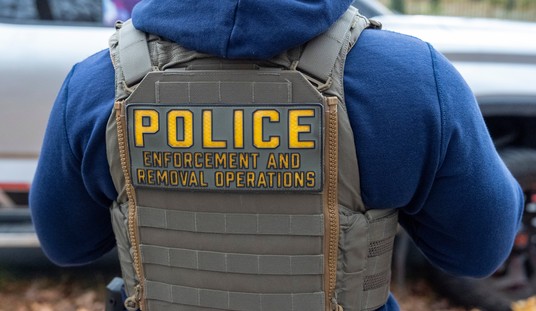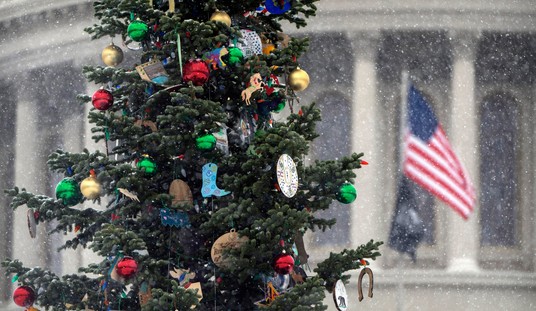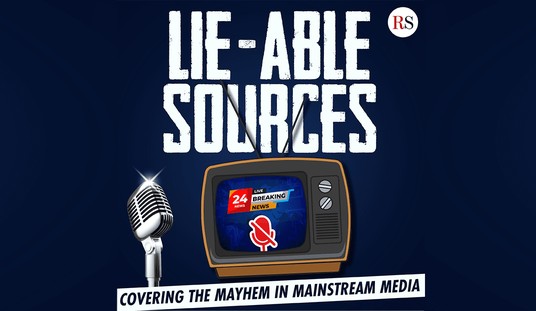I'm regularly reminded, as we all are on occasion, just how massive some of the various systems and events of our planet are. We had another lesson in this yesterday, when a major earthquake struck just off the coast of Russian Kamchatka, an 8.8 beast that had tsunami warnings going off all over the Pacific. We were lucky, and by "we" I mean "humanity," as for whatever reason, the tsunami wasn't as big or destructive as we thought might be possible. But that's still a big, big earthquake, a historic earthquake.
It wasn't the biggest one, though. And there was a time, right here in the Great Land, where we weren't nearly so lucky. On that year's Good Friday, at 5:36 PM Alaska time, the 1964 Good Friday Earthquake struck under the waters of Prince William Sound. This quake rang in at a gobsmacking magnitude of 9.2, and the quake was felt as far away as Seattle, where it even shook the famous Space Needle. In Alaska, things were much more severe.
It all happened on March 27th, 1964.
At 5:36 p.m. on March 27, 1964—Good Friday—the earth trembled just as many Alaskans were sitting down to dinner.
Eyewitnesses described hearing a crunching, grinding noise as the earth shook. They recalled seeing asphalt roads rise and fall like waves and the ground opening and closing before them, water shooting up through the ensuing cracks.
The violent shaking led to water, sewer and gas line breaks and widespread telephone and electrical failures. It effortlessly toppled telephone poles, buckled railroad tracks, split roads in half, uprooted buildings, cars and docks and tore homes apart. Seismic waves caused the earth to “ring like a bell.”
As bad as the tremors were, the worst was yet to come. The earthquake triggered a swell of devastating tsunamis, landslides and submarine slumps which caused massive property damage and loss of life.
The death toll reached 131 people: 15 died during the initial tremors and the rest in the subsequent tsunamis and landslides.
The quake lasted four minutes, and some of the older folks who lived through the quake and who live near the coast, even today, still express nervousness about any little tremor. A survivor, Mary Jane Dougherty, said later of that event:
The ground was rolling like waves on the ocean, and we were breathing in all that choking dust. The noise of the earthquake sounded like the hardest wind imaginable. It was deafening.
Anchorage was largely destroyed. The downtown area of Anchorage dropped nine feet. The Anchorage airport control tower collapsed, killing a controller. A tsunami destroyed the coastal village of Chenaga. The tsunami also hit Kodiak, Seward, and Whittier. In the Turnagain Heights on the hilltop above Anchorage, a landslide dropped parts of this suburb 2,000 feet into Cook Inlet, taking 75 homes with it. The Copper River Bridge collapsed.
Things were worse elsewhere. The town of Valdez, then a fishing port on a bay off of Prince William Sound, had been built on foundations of sand and gravel. When the quake struck, the land liquified and dropped much of the town into the waters of Port Valdez. That was followed by a tsunami that destroyed everything that was left, and adding injury to injury, somehow set the Union Oil Company's oil tanks ablaze. Valdez was effectively wiped off the map and had to be eventually rebuilt on more stable ground.
Shoup Bay, near the Valdez inlet, recorded tsunami waves over 200 feet high. Tsunami waves from the quake caused damage as far away as California.
Read More: Wow! Watch an Earthquake Move the Earth in Real Time
BREAKING: Massive Earthquake Hits Russia, Prompts Tsunami Warnings Throughout the Pacific (Updated)
The Good Friday earthquake was a historic disaster, the likes of which the United States has (happily) not seen since.
So what happened? When United States Geological Survey teams came to Alaska and started gathering data, they made some alarming discoveries:
Geologists from the U.S. Geological Survey (USGS) were the first earth scientists to respond to the devastated region, and they mapped land-level changes resulting from the 1964 earthquake all along the coast of southern Alaska. They were astonished to find that the earthquake was accompanied by vertical shifts of the Earth’s surface over an area two-thirds the size of California. Parts of the coast sank, or subsided, as much as 8 feet, and other parts rose by as much as 38 feet. In addition, geodetic surveys showed that much of coastal Alaska moved seaward at least 50 feet.
It is now recognized that major subduction-zone earthquakes produce a pattern of uplift of the coastline above the shallowest and most seaward part of a rupture, and that subsidence of the coastline occurs farther inland from the rupture. Most of the population of Alaska and its major transportation routes, ports, and infrastructure lie near the eastern segment of the Aleutian Trench that ruptured in the 1964 earthquake. Although the Great Alaska Earthquake was tragic because of the loss of life and property, it provided a wealth of data about subduction-zone earthquakes and the hazards they pose. The leap in scientific understanding that followed the 1964 earthquake has led to major breakthroughs in earth science research worldwide.
This quake also led, if indirectly, to the establishment of the Pacific Tsunami Warning System, which we just saw in use on Tuesday.
Alaska is indeed vulnerable, maybe today even more so. Our largest city, Anchorage, for all its many and varied problems at the moment, is still very much the economic heart of the state. Most air travel comes into Anchorage. All shipping from Outside comes into the port at Anchorage. The Anchorage area is home to a significant portion of the Great Land's electrical generation. Were another quake like that Good Friday temblor to hit the south-central Alaska coast, the damage would be inestimable, and all of Alaska, even those far into the interior, would feel the effect.
Tuesday's Kamchatka quake was damaging. But for all its impressive power, the Good Friday Alaska earthquake was orders of magnitude worse. We dodged a geological bullet, again, on Tuesday - but someday, in ten years, in a thousand, nobody knows - it will happen again. That's just the nature of the planet we live on.















